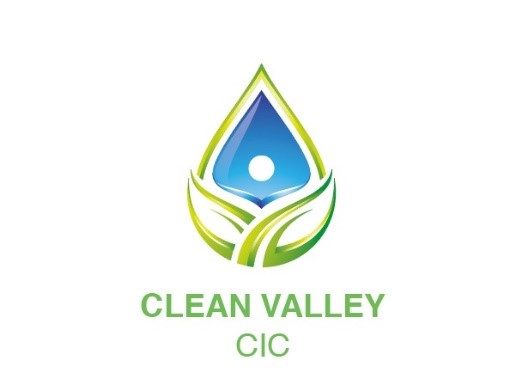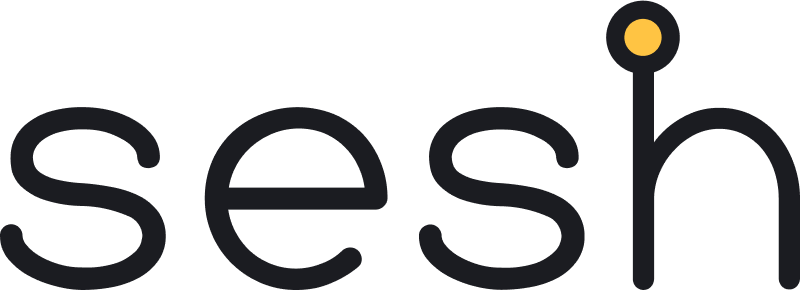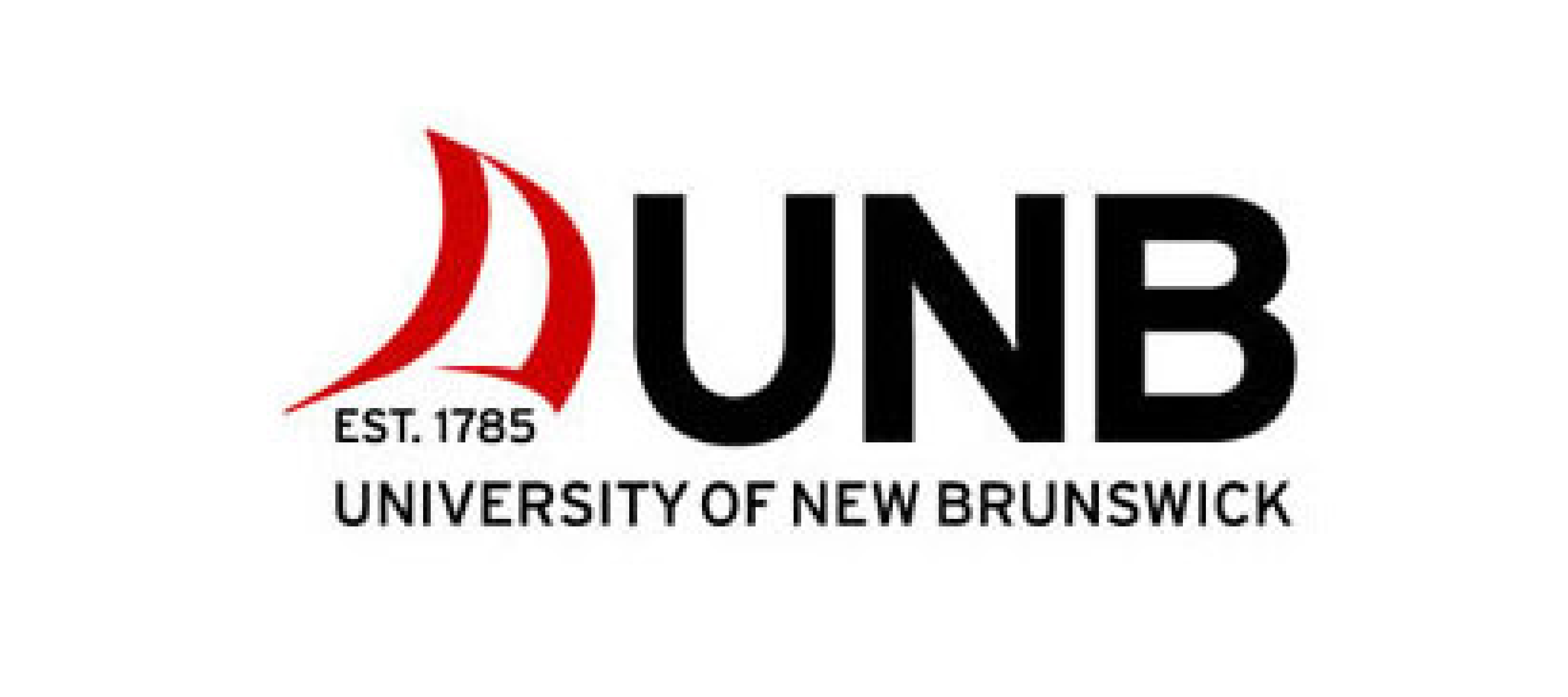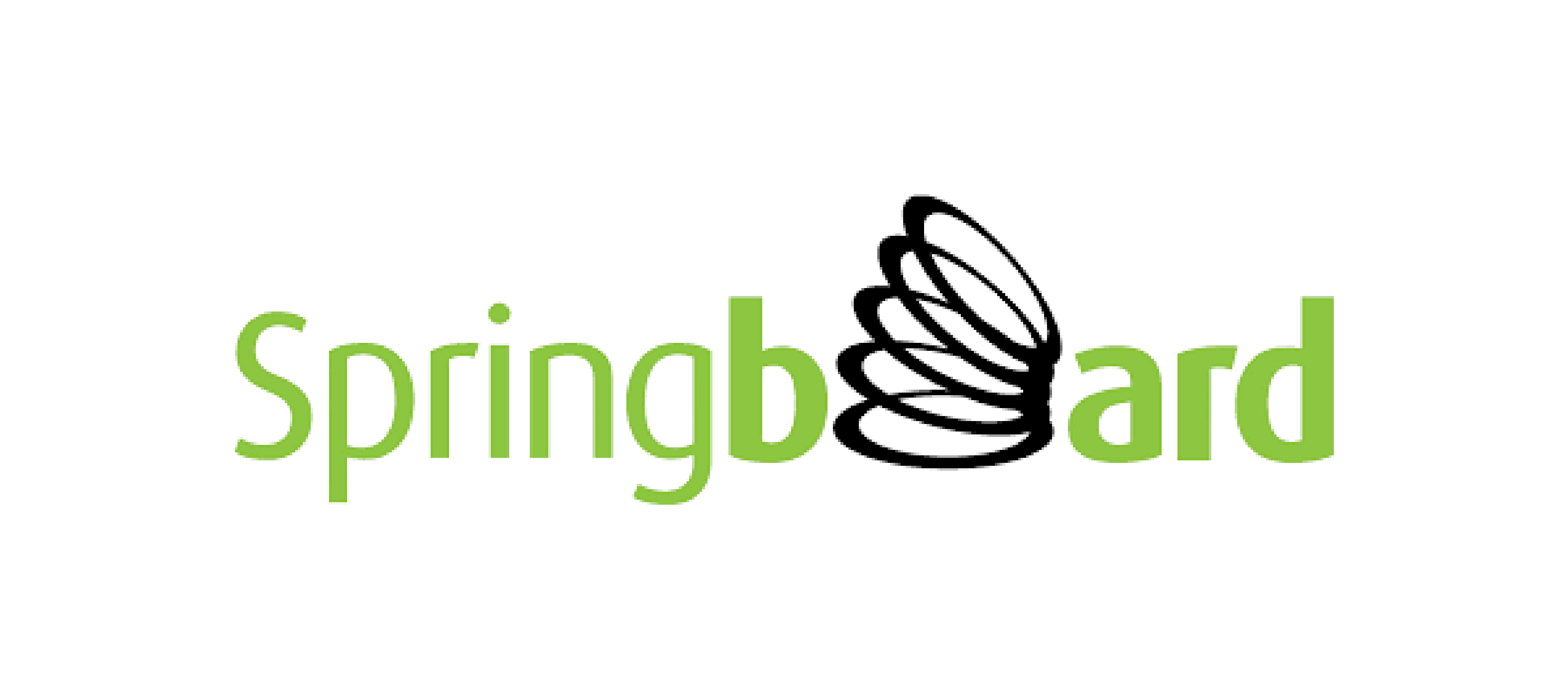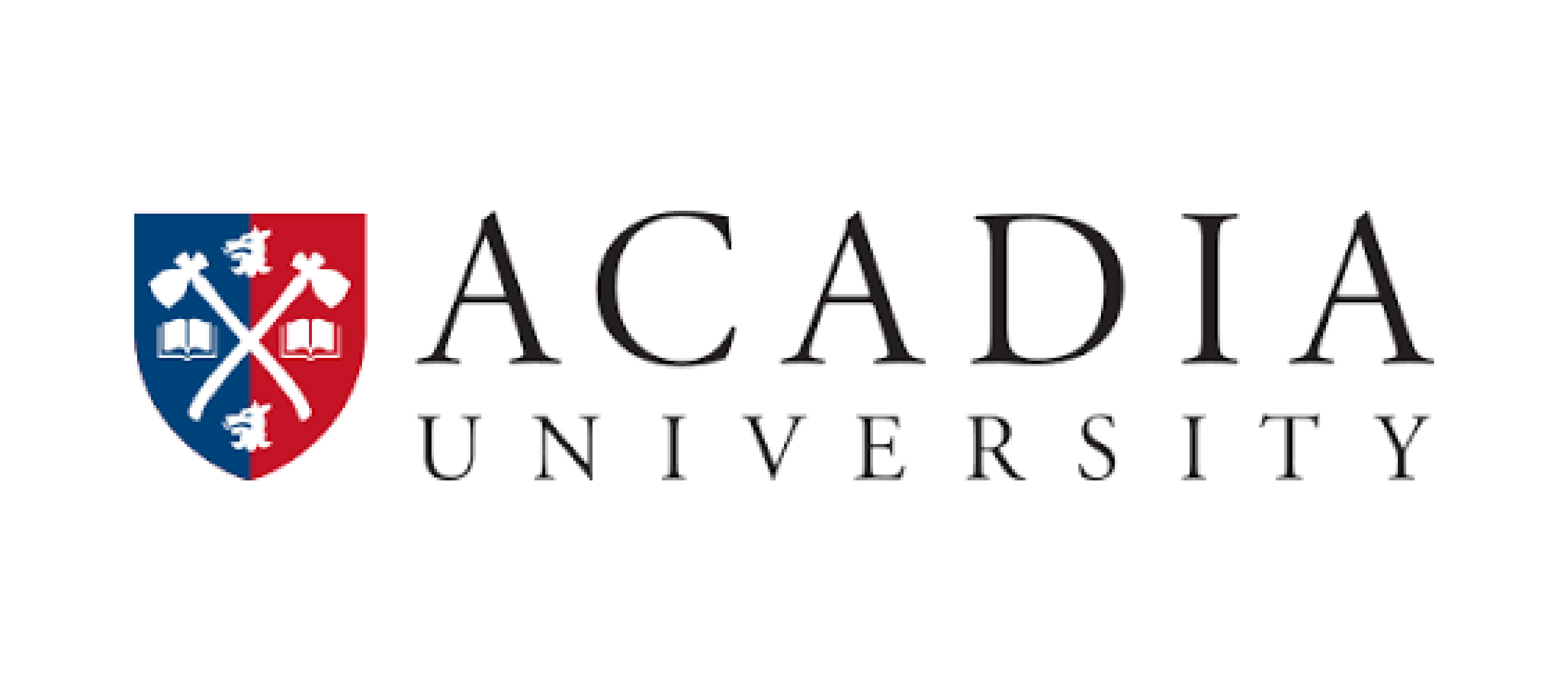
The Atlantic Association for Research in the Mathematical Sciences (AARMS) will host its fourth Industrial Problem Solving Workshop (IPSW) in a purely online format in December 2022 (precise dates to be announced).
About IPSWs
The main goals of an IPSW are to build connections between researchers in industry, non-profit organizations, and academia. Organizations based in Atlantic Canada and elsewhere present problems related to their interests, and participants will break into teams to explore solutions to these problems. The problems come from a variety of subject areas, but all are designed to be approachable by students and postdocs with backgrounds in pure mathematics, modelling, scientific computing, computer science, or data analysis. Each problem group will be led by one or more university faculty members with expertise relevant to the technical challenge at hand, but participants with a wide range of interests and expertise are welcome. Over the course of the workshop, problem groups will work collaboratively to explore possible solution strategies to the technical challenges and propose longer-term research directions, as well as make connections to a larger group of companies and academic researchers with similar interests.
Event format
This year's IPSW will be a little bit different from previous versions: it is two weeks in duration and convened exclusively online. Problem solving teams are invited to use AARMS video-conferencing resources to schedule their own problem solving sessions during the course of the workshop. It is expected that many people will participate on a part-time basis. We will plan to organize several optional live events during the course of the workshop aimed at networking and career-oriented skills training.
Prizes
There will be several prizes for participating problem solvers and companies. Details to be announced.
Problem descriptions (check back for updates)
The design and sizing of biofilters to remove nitrogenous waste is critical to the long term system efficiency of aquaculture facilities, in addition to having important environmental implications for the surrounding ecosystems. Biofilter tank system design needs to take into account many factors, such as biological community growth rates, flow rate, and available light and tank configurations. Because biofilters involve complex biological conditions, optimizing biofilter tank design requires mathematical modeling to achieve high performance nutrient removal. The goal of this problem is to use engineering design equations, biological growth curves and other relevant data to optimize the number and size of biofilter tanks in a nutrient removal system to maximize efficiency and reduce the overall environmental footprint.
The Black Arcs builds neighbourhood-level digital twins to allow "what if" analysis of a wide variety of topics. Their primary product, Citisketch, uses agent-based modelling using synthetic populations, built from real statistics, layered on top of GiS (Geographic Information System) data representing real communities. A critical part of using one of these digital twins for analysis is having a functional road network for the agents to navigate. They must be able to travel from their homes to their places of work, grocery stores, schools, restaurants, etc. using the nodes and edges present in the GiS data. Unfortunately, complete and up-to-date GiS data is not always available. One common source of GiS data for Citisketch digital twins is openstreetmaps.org. We currently have methods in place to automate the extraction of road networks from openstreetmaps and convert them to Citisketch road networks, but we have limited capacity to evaluate road networks as they are extracted. The challenge: can we use graph theory and analysis of network characteristics such as degree, degree distribution, average edge length, centrality, etc. to evaluate the probability of a road network being usable? Furthermore, are there reasonable heuristics that can be used to fill in the gaps in a network? Knowledge of graph theory, network theory, GiS data, and openstreetmaps data structures are expected to be useful for tackling this problem. Some programming in python or R is expected.
The Sesh app makes parenting easier. The key offering is a smart guide that recommends personalised, science-backed techniques to address tantrums based on the details of the tantrums parents log. A six-week guided experience helps parents reduce tantrum frequency, duration and intensity. Parents can use the app to search a library for techniques specific to the tantrums and behavioral issues they are experiencing. Currently, parents type a question in the search bar and a list of relevant techniques obtained via keyword matching is returned to the parent. The parent must then browse through the techniques to answer their exact question. We would like to improve the user experience by personalizing the returned list. A first step to this personalization is acknowledging the specific issues in the parent’s question and then providing either an answer drawn from the techniques content that explicitly addresses these issues or providing a rationale for the generated list of techniques before requiring the parent to peruse the returned list. Given that the techniques are generalized to apply to multiple scenarios, this would bridge the gap between the abstract concepts in the technique and the specific issues the parent raises in their question.
Sponsors and partners
Apply to the 2022 AARMS IPSW
Applications accepted until the start of the workshop. There is no registration fee.


